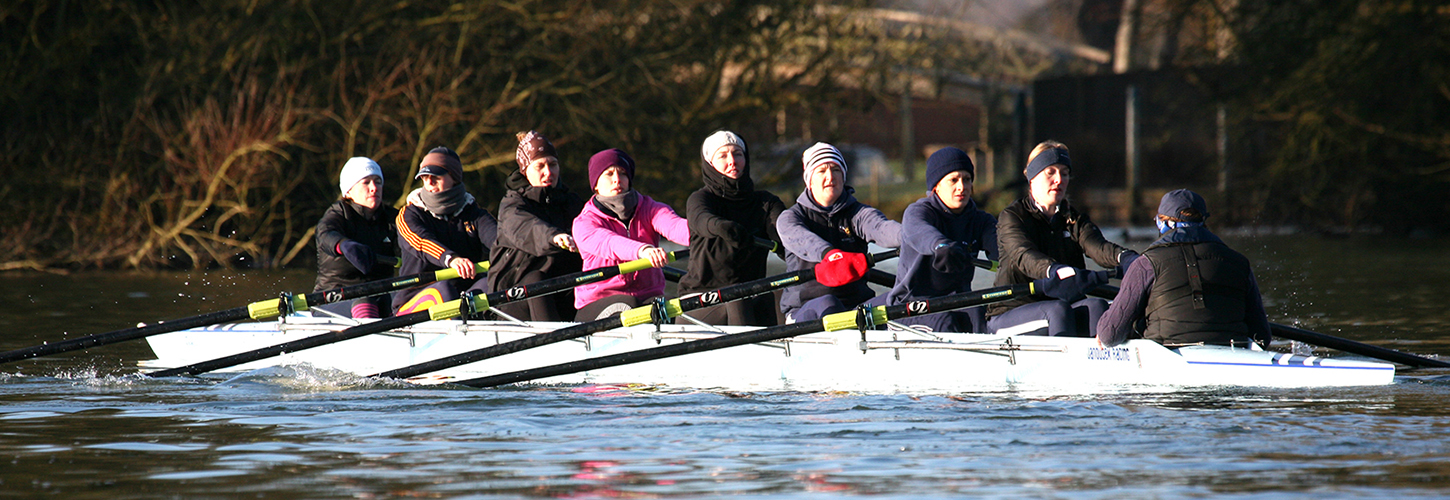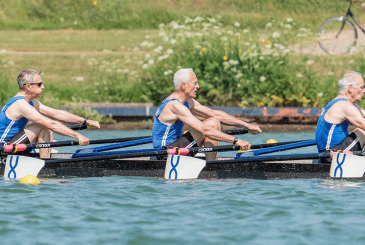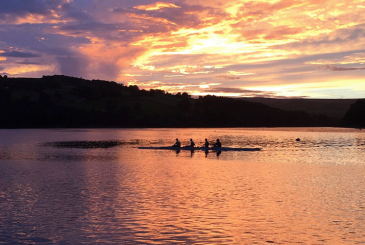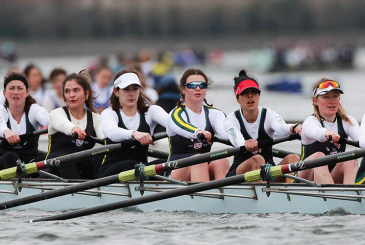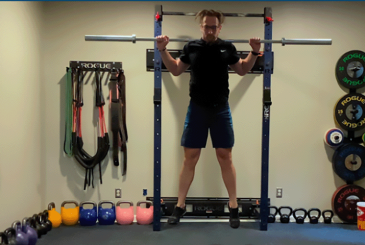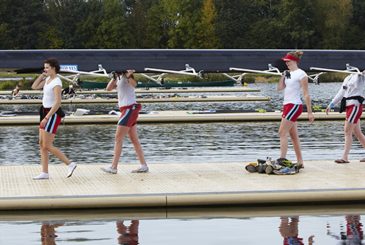Dr Gareth Turner, EIS Physiologist with the GB Rowing Team, gives you the lowdown on how to thrive whilst training in cold temperatures
At the Redgrave and Pinsent Rowing Lake near Reading, where the GB Rowing Team train, average winter temperatures drop to approximately 4-7°C from December through to February. However, for those rowing in the North East and Scotland, that won’t even register as chilly!
So how do cold temperatures affect physical training?
Physiological responses to cold temperatures
Research by Castellani & Tipton discovered that when humans are exposed to air temperatures ranging from 10° to 16°C, peripheral blood vessels vasoconstrict, resulting in decreased peripheral blood flow and therefore a reduction in convective heat transfer between the body’s deep core and superficial tissues, such as the skin and skeletal muscle. The consequence is a reduction in skin temperature, to prevent heat loss and defend deep body temperature, acting as a survival mechanism. The typical human responses to feeling cold are either voluntary (e.g. increased physical activity, additional clothing) or involuntary (e.g. shivering). Shivering usually begins in torso muscles and then spreads to the limbs.
Training in cold weather
Unfortunately, when you are training in the cold, the survival mechanisms can be counterproductive. The vasoconstriction of blood vessels may deprive the exercising muscles of oxygen, as the blood is diverted away from the peripheral tissues. Additionally, haemoglobin – the molecule that carries oxygen in the blood from the lungs to the muscles – is also affected by the cold. As temperature declines, oxygen exchange is much more difficult.
The reduced transport and utilisation of oxygen causes the muscles to rely more heavily on anaerobic metabolism, which means an increased use of glycogen. Shivering may further exaggerate the rate of glycogen depletion. Finally, muscle function can also be inhibited. Colder muscles are less powerful, and researchers have suggested that cold temperatures may reduce the amount of muscle fibres that are recruited.
Combating the cold
Individual tolerance to exercising in the cold varies, with smaller and leaner people having a greater decline in body temperature. Research published in the American College of Sports Medicine recommends three layers of clothing to reduce heat loss during exercise: an inner lightweight polyester layer that wicks away moisture to the outer layers; a middle polyester fleece or wool layer which provides insulation; and an outer layer which allows moisture transfer to the air, through vents, while repelling wind and rain.
Your extremities – feet, head and hands – are vulnerable to the cold. These areas should be covered by insulating fabrics, which allow for moisture evaporation. Doing this will also maintain blood flow, and therefore maintain the transport of oxygen to the exercising muscles. For example, wearing pogies at the start of a session will keep the blood circulating while your body warms up. They can be removed once you are warm.
Performance precedents
Cold weather is not a barrier to exercising. Castellani & Tipton highlighted that successful and safe exploration to high altitudes, the polar regions and activities such as swimming the English Channel are indicative that human beings can perform in extreme cold.
5 tips to help you thrive in the cold
- Complete an indoor land-based warm-up to keep the muscles warm and reduce the redirection of blood flow.
- Dress to remain dry, so you stay comfortably warm when working hard in cold conditions. Check the weather forecast before you train.
- Don’t forget to hydrate before, during and after. You will still sweat but are less likely to feel thirsty in cold weather.
- During training pieces, if you do overheat make sure you remember to put on additional clothing immediately after the session has finished.
- After very cold training sessions, extra carbohydrates may be needed to compensate for the faster rate of glycogen utilisation. A flask of soup is ideal and will also warm up your hands!
This article was first featured in Rowing & Regatta magazine in December 2019.
Photo credit: Don Somner.


